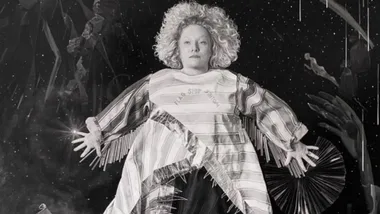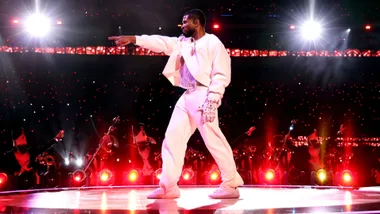This we know for sure: the gender pay gap is a real, persistent problem. In Australia, a male employee will take home on average 14.6 per cent more than his female counterparts. Lisa Wilkinson famously departed Today after they denied her pay parity with colleague Karl Stefanovic; a professional male cricketer makes about 10 times as much as a female; even Her Majesty Claire Foy, she of The Crown, was controversially paid less than co-star Matt Smith.
All too often justification for these inequalities seem to circle back to us, women. According to a quick Google search, we’re not getting paid as much as men because we’re apologetic, scared of being seen as aggressive and – if we do pluck up the courage to ask for a raise – we’re simply not as skilled at negotiating for a rise as men.
Yet new research reveals this isn’t the case.
In an experiment by Holona Ochs and Andrew B Whitford, male and female participants were randomly assigned the roles of boss and employee and given the task of coming to a wage-labour agreement. Results showed that men and women reached similar bargaining outcomes and were equally matched on negotiating nous.
The upshot? The gender pay gap is bigger than your performance review nerves (which are perhaps unfounded, given your aforementioned aptitude to strike a deal) – and the honus shouldn’t be on individual women to solve the broader structural issue.










